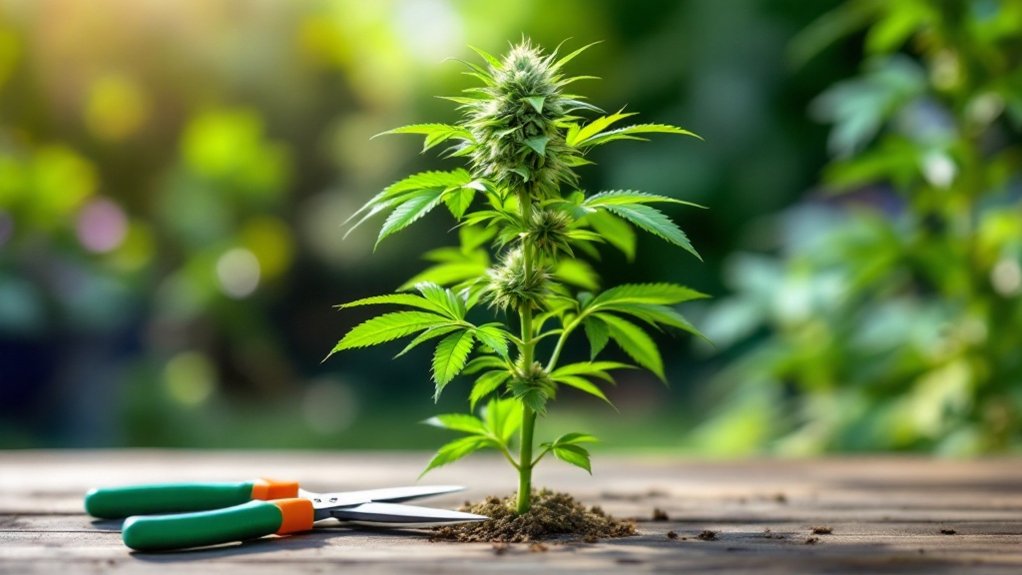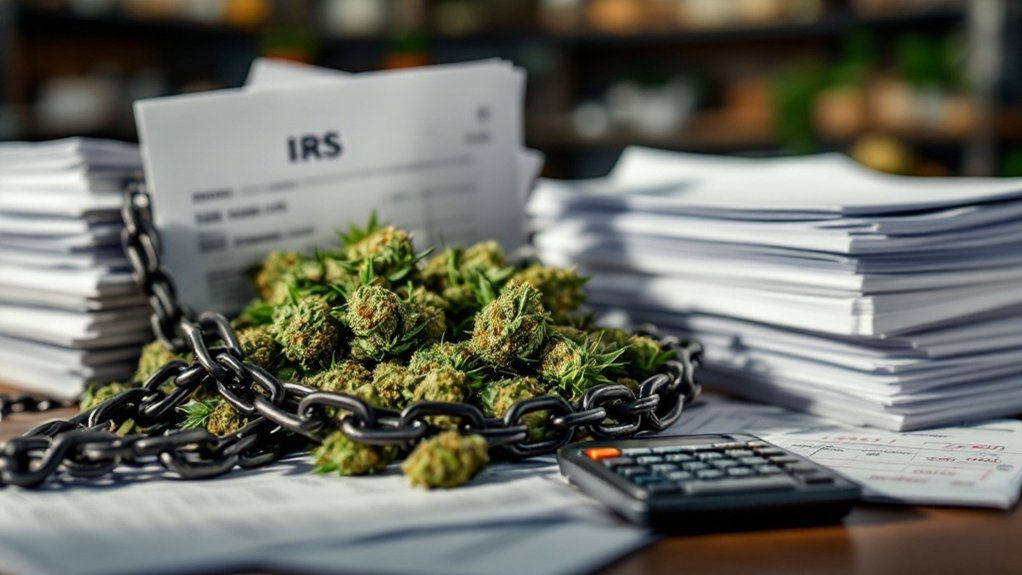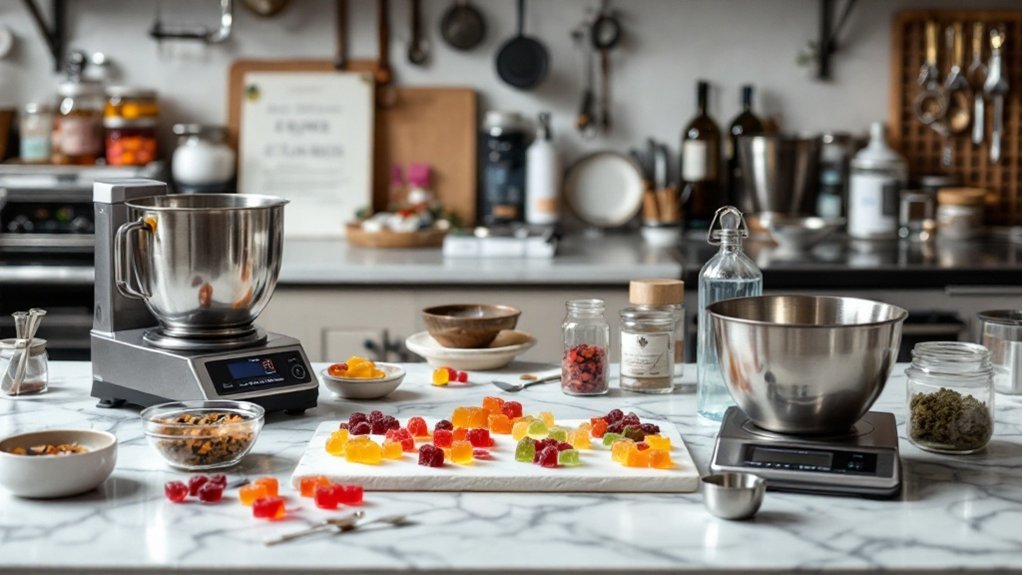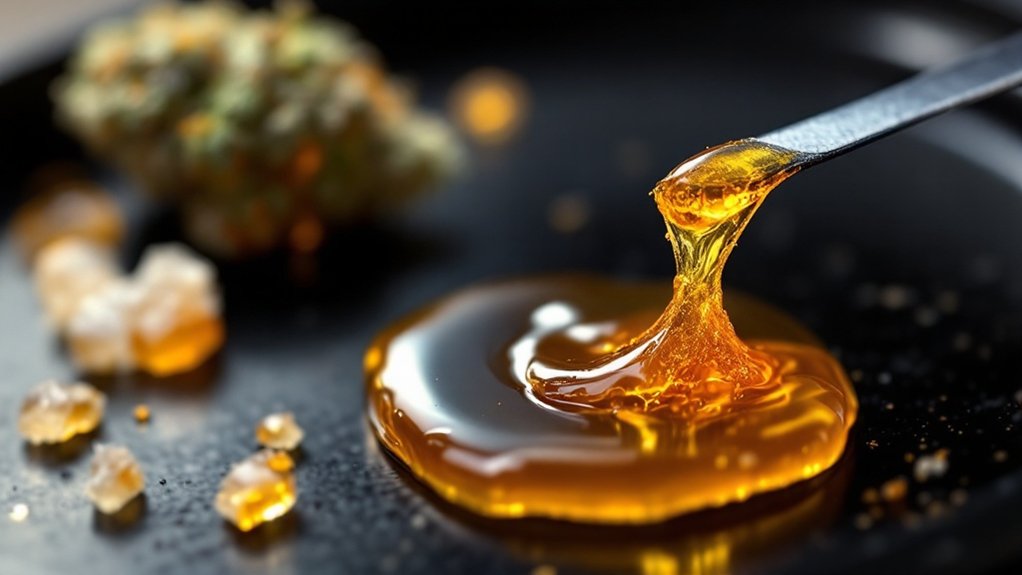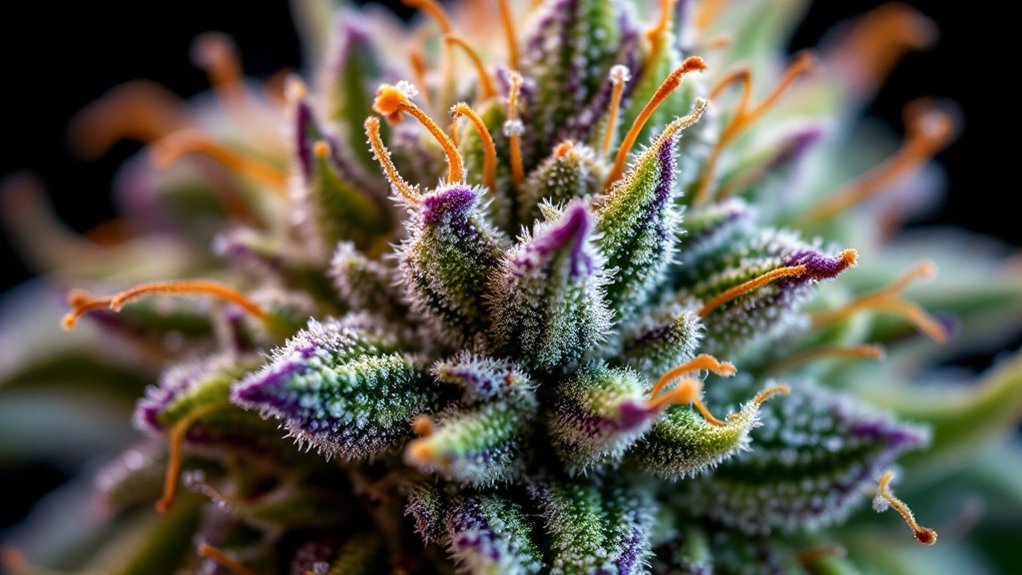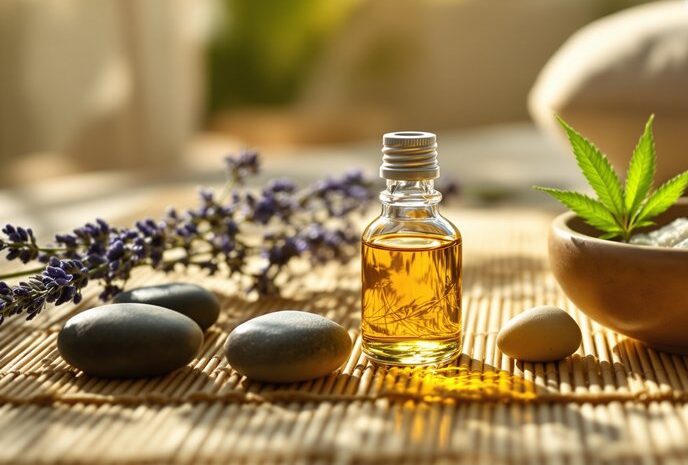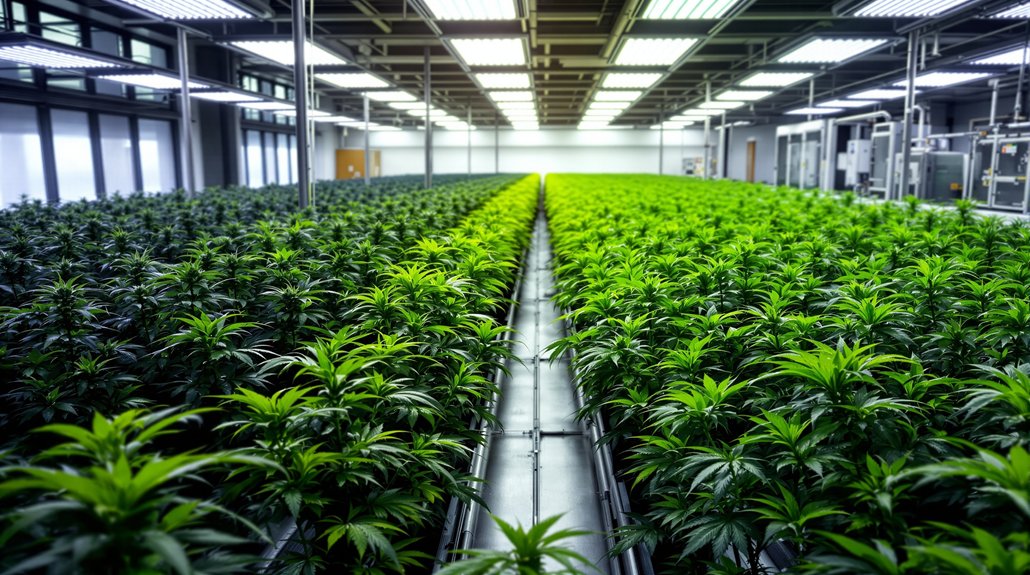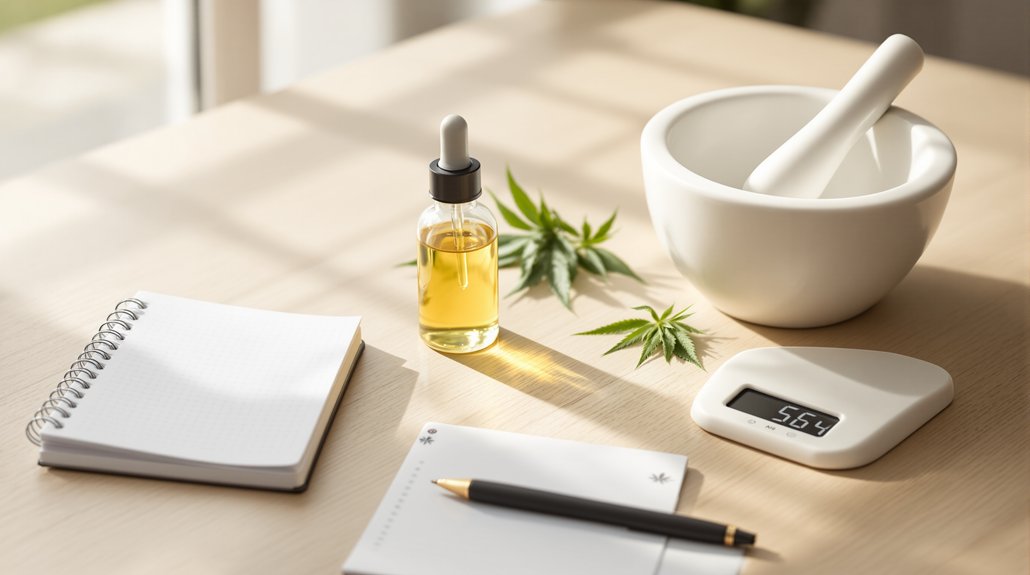Autoflower cannabis plants should be topped approximately three weeks after sprouting, once they’ve developed 3-4 nodes. Healthy plants only, please. Struggling seedlings? Leave ’em alone. The procedure requires clean tools and precise cuts just beneath the last node. Recovery takes 3-7 days. If your plant doesn’t bounce back, you’ve got problems. Most growers recommend just one topping session for autoflowers due to their short lifecycle. The right snip transforms a single-stem plant into a bushy producer with multiple colas.
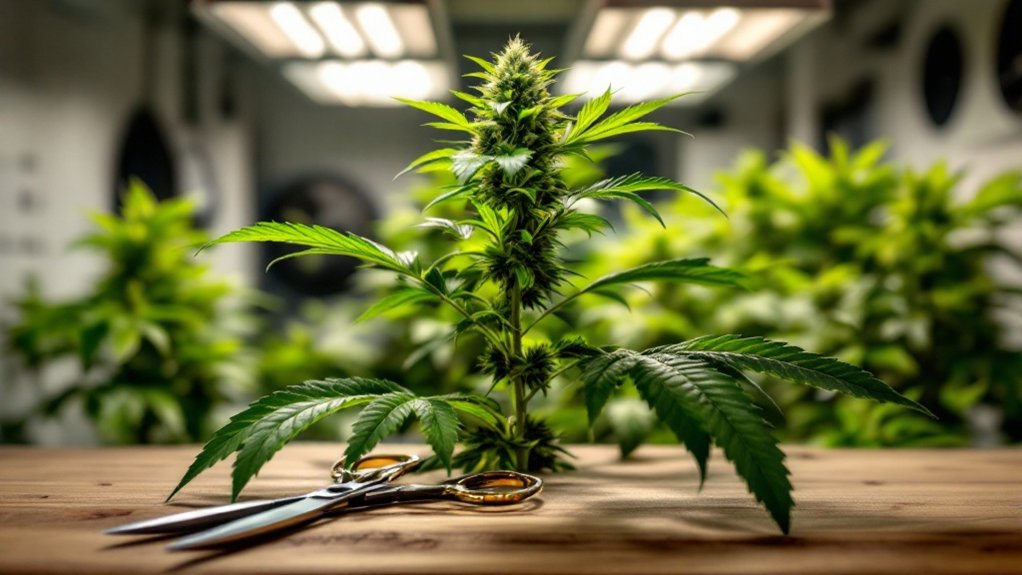
Three weeks. That’s the sweet spot when most growers reach for their scissors to top autoflowering cannabis plants. Not a day sooner. Not much later. Timing is everything with these fast-moving plants, and getting it wrong can tank your entire grow.
Autoflowers develop quickly, leaving a narrow window for intervention. The ideal plant should show 3-4 nodes, with some experts holding out until the 6th node appears. Why wait? Simple. The plant needs established roots and stem structure to handle the stress. Cut too early and watch your plant stunt. Nobody wants that.
Patience rewards the grower. Rush the topping, and your autoflower pays the price with stunted growth.
Only perfectly healthy plants deserve topping. Struggling specimens? Leave them alone. The procedure demands vigor and energy to overcome the shock. A plant already limping along won’t bounce back. Stress signs like nutrient deficiencies or improper watering are clear indicators that you should avoid topping completely.
Vegetative growth in autoflowers lasts just 3-5 weeks. After that, flowering begins and topping becomes a mistake. Big one. Watch for pre-flower pistils – those tiny white hairs signaling the flowering change. Once they appear, put those scissors down.
Recovery takes 3-7 days when done right. Plants showing no signs of bouncing back within a week have probably been stunted. Game over. The recovery period must complete before flowering starts, or yields suffer dramatically.
Technique matters. Clean tools prevent infections. Make precise cuts just underneath the last node. Some experienced growers prefer using the FIM technique as it typically causes less stress than traditional topping. One topping session is typically enough for autoflowers. Their short lifecycle doesn’t allow for multiple training sessions like photoperiod plants.
When timed correctly, topping transforms single-stem plants into bushy producers with multiple colas. Light penetrates better. Air flows freely. Plants grow more compact. Yields increase. All from one strategic snip.
The ticking clock of autoflower development makes this technique particularly challenging. Three weeks from sprout. Healthy plant. Multiple nodes. Vegetative growth. Clean cut. That’s the formula. Miss it, and you’re just randomly cutting plants. During this process, always monitor soil quality as poor medium can compound stress and severely impact recovery time.
Frequently Asked Questions
Can Topping Reduce the Overall Yield of My Autoflower Plants?
Topping can reduce autoflower yields. No debate there.
These plants don’t have time for recovery games. Their veg phase is brutally short. Cut the top, and you’re gambling.
Studies consistently show poorly timed topping leads to stunted growth and smaller harvests. The math is simple: less recovery time equals fewer buds.
Some experienced growers might pull it off with perfect timing, but it’s a risky move. Most autoflowers just can’t handle the stress.
How Does Topping Affect the Flowering Timeline for Autoflowers?
Topping hits autoflower flowering hard.
These plants already live on a biological clock, and recovery time post-surgery isn’t optional, it’s mandatory. Early topping can trigger premature flowering; late topping? Even worse.
Plants pause growth after the snip, but their lifespan doesn’t extend. Poorly timed cuts steal precious flowering days. Experienced growers might manage it, but novices beware.
The calendar waits for no plant.
What Tools Should I Use for Topping Autoflowers?
Growers swear by sharp, sterilized tools for topping autoflowers.
Thin-nosed bud trimming scissors top the list and precision matters. Big clunky tools? Absolutely not. They’ll crush stems and invite disease.
Surgical-style trimmers work great for accessing growth points.
Some growers opt for disposable sterile blades. One cut, one blade. Talk about being careful!
Don’t forget the alcohol.
Sterilize before and after each cut. Disease spreads fast.
Are Certain Autoflower Strains More Responsive to Topping?
Yes, certain autoflower strains definitely take topping better than others.
Sativa-dominant varieties like Amnesia Haze are top performers, literally. These tall plants (reaching over 58.5 inches) bounce back quickly when topped.
Genetics matter. Fast-growing strains handle the stress, while slow growers? Not so much.
Smart growers buy multiple seeds of one strain to test different techniques. One plant untouched, others topped.
Should I Top Autoflowers if Growing in a Space-Limited Setup?
For space-limited setups, topping autoflowers makes sense sometimes. The technique controls vertical growth and creates bushier plants. Perfect for cramped grow tents.
But there’s a catch: autoflowers hate stress. Recovery time is limited with these quick-growing plants. Some won’t bounce back.
For tight spaces, low-stress training offers similar benefits with fewer risks. The clock’s ticking with autoflowers. Strain selection matters too.
